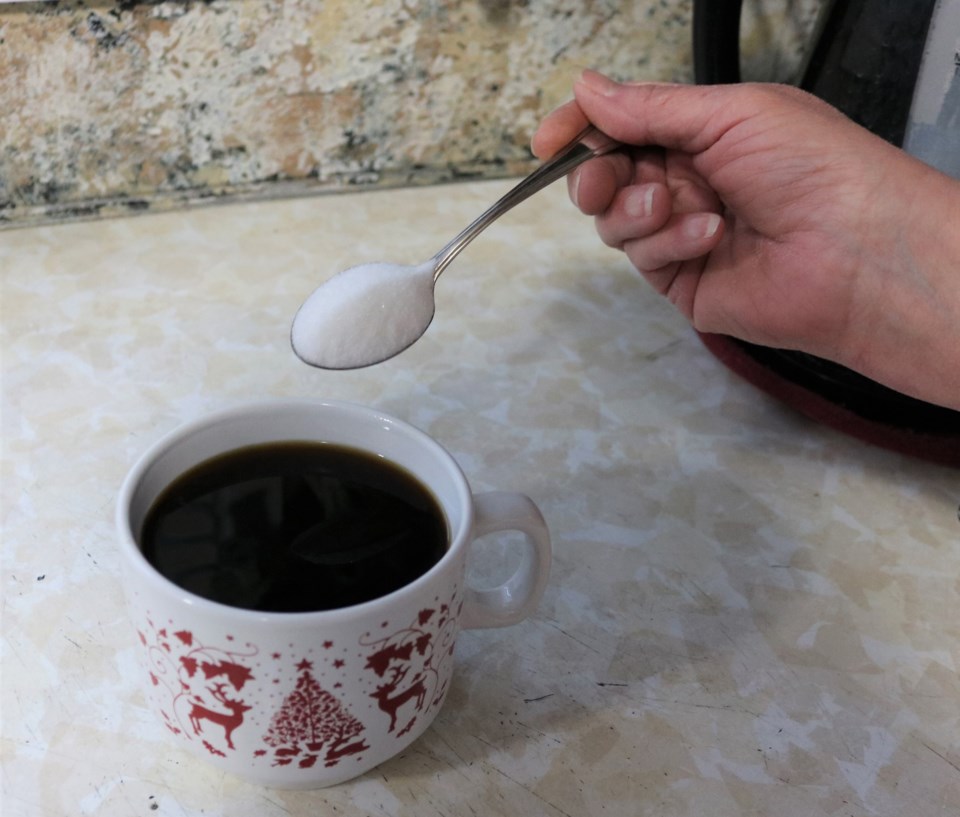Sugar is something we take for granted, a staple in the ‘baking’ aisle in the grocery store. But before it appears here, where does sugar actually come from?
I did some homework and this is what I learned: sugar comes from sugar cane and sugar beets. We’ve all seen pictures of sugar cane: long, leafy stalks that grow in tropical parts of the world like the West Indies, India and Brazil. Sugar beets grow in cooler places than the tropics, places like the US, Europe, and yes, even right in Canada. Sugar is one of the oldest flavorings in the world, with evidence that it was used in a primitive form around 8000 BC. It was such a valuable commodity at one time that it was kept under lock and key.
The reason sugar cane and sugar beets are the “sugar plants” is because they have such a lot of sugar in their makeup. It’s quite a process for each plant. The sugarcane is cut, the juice is taken out, and then it is purified, filtered, and crystalized. Guess what, it is “raw” sugar before going through the refinery and becoming the white sparkly sugar we know as “sugar”.
Sugar beets are dug out, the tops cut off, and then they are washed, sliced and boiled to extract the sugar.
The amazing thing that the sugar that is produced after all these steps is the same pure sugar that we would enjoy if tasted it in our favourites fruits or vegetables.
There’s more than one kind of sugar. They all start off from sugar juice from the canes or the beets, but what happens to the sugar juice next gives us very interesting variety. We can go by color, white or brown, and this depends on the amount of molasses that is added to the sugar. Turbinado sugar is also called ‘raw’ or ‘demerara’ sugar. It has larger crystals that regular brown sugar. Muscovado sugar is darker brown, since the molasses has not been removed, and has a stronger flavor. By now you are probably, like I was, wondering how and where molasses comes into the picture. Well, more homework: and I learned that molasses is a by-product of the process that makes sugar! Now we know!
But even with white sugar, there is variety based on the size of the crystals: we have granular sugar, powdered sugar (icing sugar), and even superfine sugar (this is often called ‘caster sugar’ if you are looking at recipes from the UK) and it has the smallest crystals so that it will dissolve quickly, perfect for baking. Sanding sugar is sugar used to add sparkle to cookie tops. There is also coarse sugar with large grains, and that is what we might use to make candy.
And as if that isn’t enough, there is also fruit sugar which has small, uniform crystals that are perfect for dry mixes that we buy, because the size of the crystals stops the sugar from settling to the bottom. There is something to everything, isn’t there!
I know that I will be think of all this the next time I am baking. It is really quite amazing that all these sugars come from the harvesting of two plants, sugar cane and sugar beets. And imagine all the sweet delights that are ours to enjoy because of this process. See what’s new with the hort society at www.yorktonhort.ca Thank you to our friends at Yorkton This Week for all their fine work. Have a great week!




